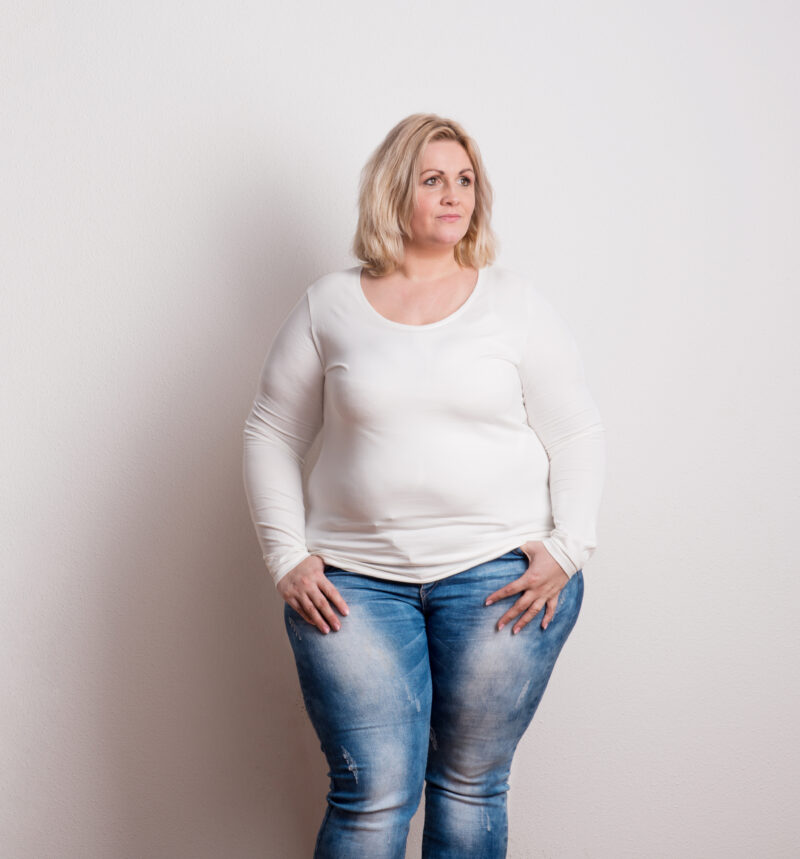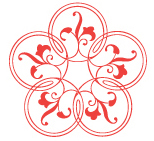Getting Diagnosed With Lipedema
Causes and Symptoms of Lipedema Fat:
Lipedema fat differs from normal body fat due to its unique causes and symptoms. The exact cause of lipedema remains unclear, but factors like genetics and hormonal imbalances are believed to play a role in its development.
Individuals with lipedema often experience:
- Swelling, tenderness, and bruising in the affected areas
- Discomfort and mobility issues.
- Unlike normal body fat, lipedema fat does not respond to traditional weight loss methods
Understanding the causes and symptoms of lipedema fat is essential in guiding effective treatment strategies for those affected by this condition.

Getting Diagnosed With Lipedema
Your first step toward your journey in managing your lipedema is getting a proper diaganosis from a lipedema specialist.
Marcia V. Byrd, M.D. only treats lipedema patients and has performed thousands of lipedema surgeries.
A lipedema diagnosis requires a clinical diagnosis, and results can only be accepted with an in-person physical exam, interview and review of a through patient history report.
Visual Examination:
Fat accumulation that appears in a combination of the legs, buttocks, hips, arms and/or lower trunk
Upper and lower body disproportion
Lobules of fat may present at hips, medial knees, lateral malleoli, or above elbows
Presence of “cuffs” at wrists and ankles
Presence of spider veins/varicosities
Differences in Structure and Distribution of Lipedema Fat
Lipedema fat is characterized by its distinct structural and distribution differences compared to normal body fat. In individuals with lipedema, fat accumulation typically occurs symmetrically in the lower body, affecting the hips, thighs, and sometimes the arms. This unique distribution pattern sets it apart from regular body fat, which tends to accumulate more evenly throughout the body.
Furthermore, the structure of lipedema fat often presents as nodular and firm to the touch, contributing to the characteristic texture of affected areas.
Painful fat deposits make lipedema different from ordinary body fat, which doesn’t hurt. Also, people with lipedema have a clear difference in size between their unaffected feet and their affected legs
Lipedema Fat vs. Normal Body Fat
Lipedema is a chronic condition that affects the distribution of fat cells in the body, causing an abnormal accumulation of fat in certain areas, typically the legs and buttocks. This condition can be painful and debilitating for those who suffer from it, leading to a lower quality of life.
In recent years, lipedema surgery using Power Assisted Liposuction (PAL) and Water Assisted Liposuction (WAL) has emerged as a potential treatment option. This procedure aims to remove excess fat cells and alleviate symptoms associated with lipedema.
Painful fat deposits make lipedema different from ordinary body fat, which doesn’t hurt. Also, people with lipedema have a clear difference in size between their unaffected feet and their affected legs.
Lipedema Fat vs. Normal Body Fat
Lipedema is a chronic condition that affects the distribution of fat cells in the body, causing an abnormal accumulation of fat in certain areas, typically the legs and buttocks. This condition can be painful and debilitating for those who suffer from it, leading to a lower quality of life.
In recent years, lipedema surgery using Power Assisted Liposuction (PAL) and Water Assisted Liposuction (WAL) has emerged as a potential treatment option. This procedure aims to remove excess fat cells and alleviate symptoms associated with lipedema.
To fully understand the science behind lipedema fat versus normal body fat and the potential benefits of PAL and WAL, it’s important to delve into a comprehensive analysis of this condition and treatment method. .
Ready to Get Your Bird Legs On?
Overall, early diagnosis and proactive management of Lipedema can help individuals live more comfortably and confidently with this condition. If you suspect that you may have Lipedema, don't hesitate to contact us and schedule your consultation.

